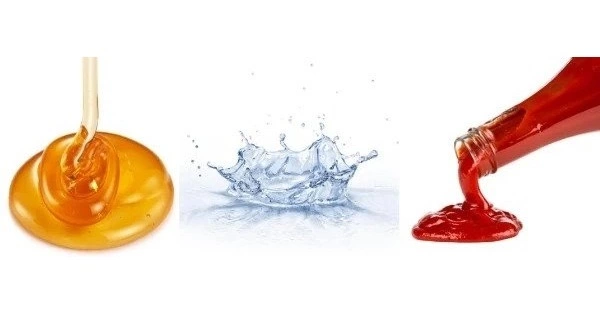Rheology is the study of the flow of matter, primarily in a fluid (liquid or gas) state, but also as “soft solids” or solids under conditions in which they respond with plastic flow rather than deforming elastically in response to an applied force. Rheology encompasses the study of both the solid-like and fluid-like behavior of materials.
Rheology is a branch of physics, and it is the science that deals with the deformation and flow of materials, both solids and liquids. It is the study of the flow and deformation of matter under the influence of applied forces or stresses. It is a branch of physics and materials science that focuses on understanding how materials behave when subjected to mechanical forces, such as stretching, compression, shear, or torsion.
The term rheology was coined by Eugene C. Bingham, a professor at Lafayette College, in 1920, from a suggestion by a colleague, Markus Reiner. It applies to substances that have a complex microstructure, such as muds, sludges, suspensions, polymers, and other glass formers (e.g., silicates), as well as many foods and additives, bodily fluids (e.g., blood) and other biological materials, and to other materials that belong to the class of soft matter such as food.
The behavior of materials under mechanical stress can be described using various rheological models and parameters. These parameters include viscosity, elasticity, plasticity, and viscoelasticity. Here are some key concepts and terms related to rheology:
- Viscosity: Viscosity refers to a material’s resistance to flow. It determines how easily a substance can be poured or how it resists deformation under shear stress. Materials with high viscosity, like honey or molasses, flow slowly, while those with low viscosity, like water, flow easily.
- Shear stress: Shear stress is the force applied parallel to an object’s surface per unit area. It causes deformation or flow within the material.
- Shear rate: Shear rate is the rate at which layers of a material slide past each other due to applied shear stress. It is a measure of the velocity gradient within the material.
- Elasticity: Elasticity refers to a material’s ability to deform under stress and return to its original shape once the stress is removed. Elastic materials store energy when deformed and release it upon relaxation. Examples include rubber bands and springs.
- Plasticity: Plasticity is the permanent deformation of a material when subjected to stress. Unlike elastic deformation, plastic deformation is irreversible, and the material retains its deformed shape even after the stress is removed.
Application
Rheology finds applications in various fields, including materials science, engineering, food processing, cosmetics, pharmaceuticals, and oil and gas industries. Understanding the rheological properties of materials is crucial for designing and optimizeng processes, developing new materials, and ensuring product quality and performance.
















